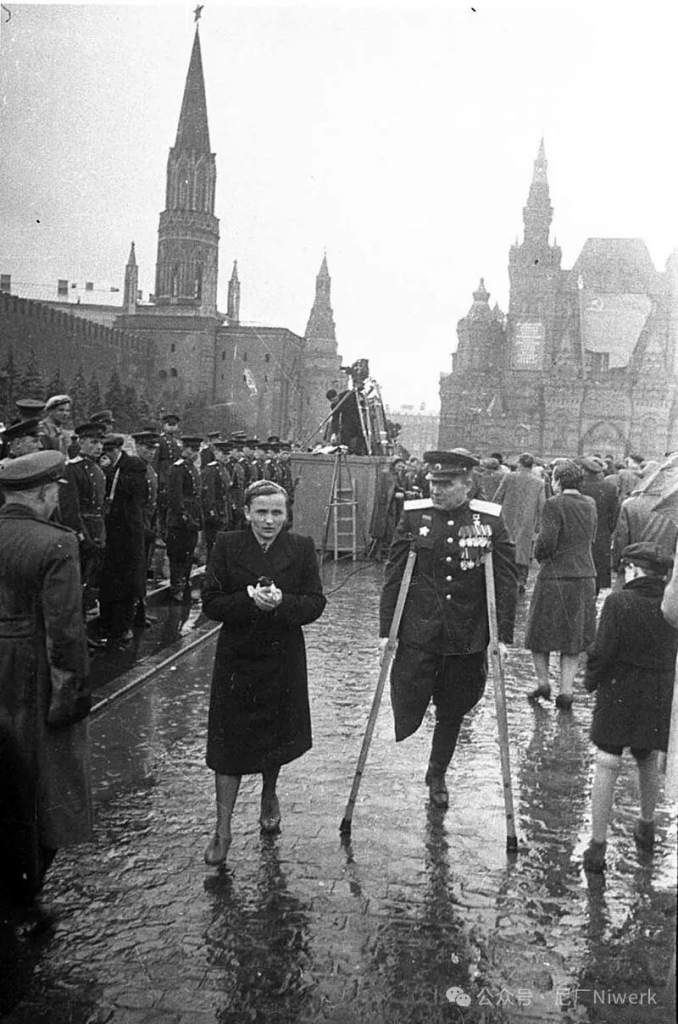Leningrad, now known as St. Petersburg, is famous for many things: its cultural heritage, its majestic canals, and the stunning Winter Palace. However, during World War II, the city was also known for its unfathomable suffering. Surrounded by Nazi forces for 872 days, Leningrad’s citizens experienced extreme deprivation. With food and resources running out, the residents faced not only the constant threat of artillery and bombs but also the horrific reality of cannibalism.
Nina Asentievna Smarcalova was a young woman living in Leningrad at the time. A worker in a factory making airplane parts, Nina was caught in the city’s tragic struggle for survival after her factory relocated and left her behind due to an illness. With food in short supply and the city under siege, strange and terrifying rumors began to spread, including one about a professor named Stenberg, who supposedly turned to cannibalism in his desperation. It was said that Stenberg invited his students and friends to his home, but none ever returned. When the police arrived at his villa, they reportedly found him dining with the missing people—though it’s unclear whether this was fact or urban legend.

Nina herself came close to becoming another grim chapter in Leningrad’s history when two men, likely intent on cannibalism, tried to abduct her. As they stalked her through the streets, she managed to escape by running to a nearby house, where she desperately knocked on the door, fearing for her life. This was only one of the many horrifying close calls Nina had during the siege.
By 1942, Nina had enlisted in the military, where she went on to serve as a mortar commander, even though her skills with a sniper rifle were exceptional. She would often take down Finnish soldiers with cold precision, not concerned with the body count, but with the task at hand. Unfortunately, in 1943, during a mission to suppress enemy mortars, Nina was severely injured by a shell explosion that cost her one of her legs.
Despite her injuries, Nina’s story did not end in despair. After extensive medical treatment and numerous surgeries, she returned to the front lines before being awarded the Order of the Patriotic War in 1951 for her bravery. She married her boyfriend, a fellow soldier who had survived his own wounds and the harsh conditions of the war. Though Nina’s leg was gone, she found happiness in the love and care her husband gave her, and the two lived happily for over 50 years.
The siege of Leningrad remains one of the most horrific episodes in the history of World War II. While the heroism of the citizens is celebrated, the dark side of survival—such as the stories of cannibalism—remains an uncomfortable subject. In Soviet Russia, it was a topic left largely unspoken, a dark hole in historical research, with only the survivors carrying the weight of those memories until the end of their days.
The impact of such a traumatic period is still felt today, with discussions around the siege continuing to spark debates on human survival, morality, and the psychological scars left by war. The term “teapot people” was coined in Soviet Russia to describe severely disabled veterans—those who had lost limbs in battle. These “teapot people” became symbols of the war’s brutal toll, with over 2.5 million Soviet soldiers disabled during the conflict, many of them losing limbs or even becoming completely disfigured.
These stories remind us of the resilience of the human spirit in the face of unimaginable hardship. Leningrad’s suffering and survival resonate in modern discussions on war, history, and the enduring impact of conflict on societies. The courage of those who lived through such darkness continues to inspire generations, teaching us the value of compassion, perseverance, and the power of remembering even the most difficult chapters of our past.

No comments yet.